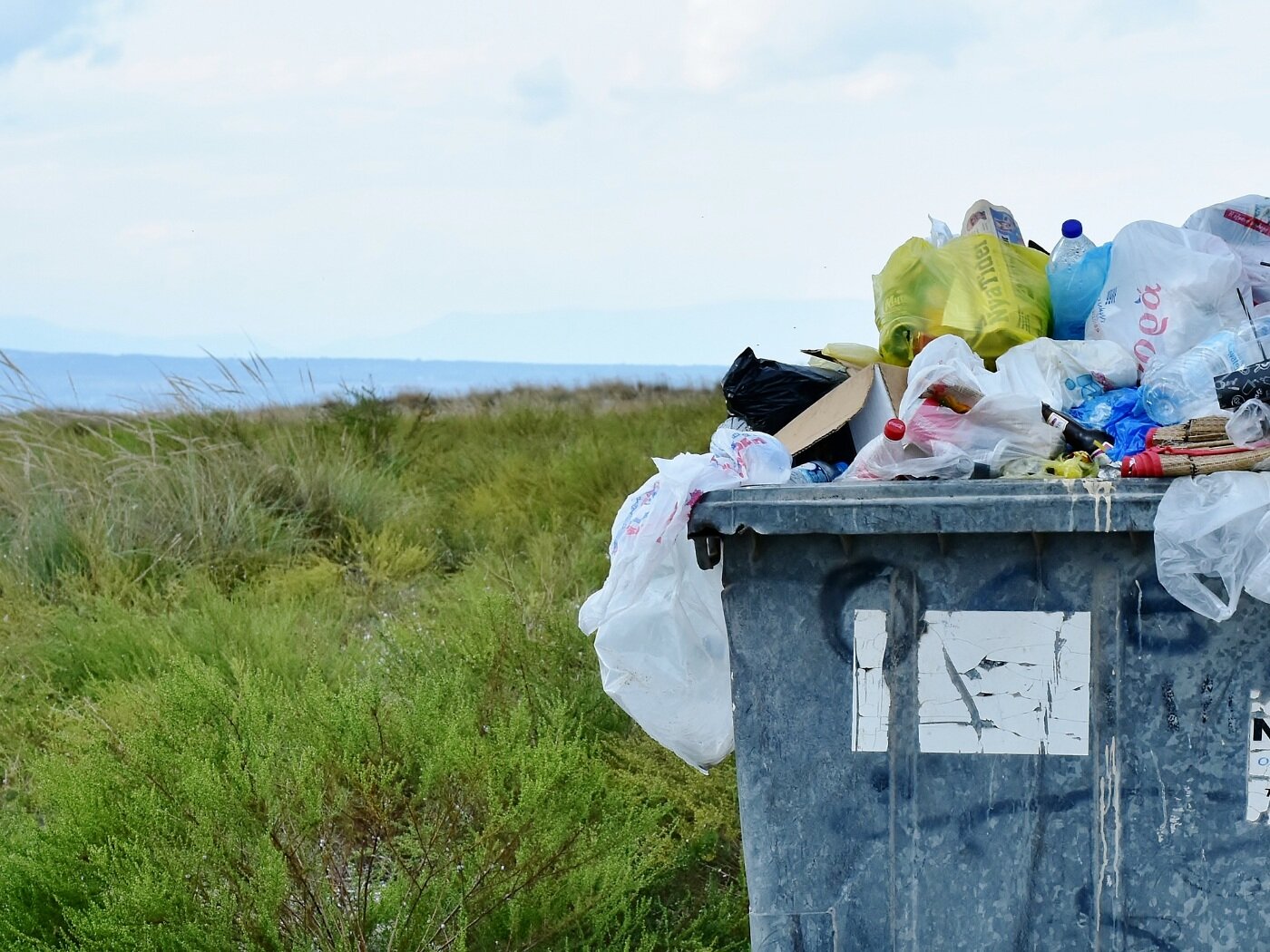Environmental Health frequently refers to the condition of the earth
and atmosphere. The availability of resources, cleanliness of air and water, climate conditions, and management of waste all contribute to the earth's environment. Environmental health also refers to one's personal surroundings that include home, community, work, and other living conditions.
Building Blocks for Environmental Health
Earth & Atmospheric Conditions
Earth and atmospheric conditions include air quality, climate, land use, noise pollution, radiation, and water quality. Air quality is determined by the amount of pollutants in the air. Climate refers to conditions in the earth's atmosphere including temperature and weather. Land use refers to the management of natural habitats by humans. Noise pollution occurs when sounds within an area reach a harmful level. Radiation is the natural and man-made emission of energy waves which can be helpful or harmful to one's health. Water quality is the condition of water that makes it useful or harmful for a specific purpose.
Resource & Energy Consumption
The proper use and consumption of energy, food, and resources are essential to environmental health. The use of non-renewable natural resources such as fossil fuels and plant materials can result in the emission of gases that can cause harmful changes to the atmosphere, soil, and water. Renewable resources can help reduce negative effects on the environment, but can be more expensive and less readily available. Food safety is the science of proper handling, preparing, and storing food for consumption and the prevention of foodborne illness.
Chemicals, Hazardous Materials, Recycling, & Waste Management
Chemicals are elements or compounds found in the environment to which one can experience helpful or harmful health effects. Hazardous materials are harmful items which can include certain chemicals, and must be disposed of properly. Waste management refers to the process of disposing of waste, beginning from its creation and followed by its collection, for treatment and disposal. Recycling is the act of converting waste into something that is usable.
Personal Environment
Personal environment refers to several factors of one's living conditions, including the immediate living space within a home, the condition of the area surrounding the home, and the areas in which one works, socializes, and spends time. The quality of one's personal environment are dependent upon several aspects of earth and atmospheric conditions, access to resources, and the ability to avoid or remove waste and other hazardous materials. One's health can be directly influenced by the presence of materials and other individuals within their personal environment.
Disaster Preparedness
Disaster preparedness is an indication of an individual or group's readiness to respond to and recover from disastrous occurrences, often related to environmental events such as extreme weather conditions. Preparedness takes several factors into consideration including climate, weather patterns, and the layout and community infrastructure within a given area. Being prepared for a disaster involves careful planning, and can significantly impact one's health and well-being.
Resources
Not yet listed.







